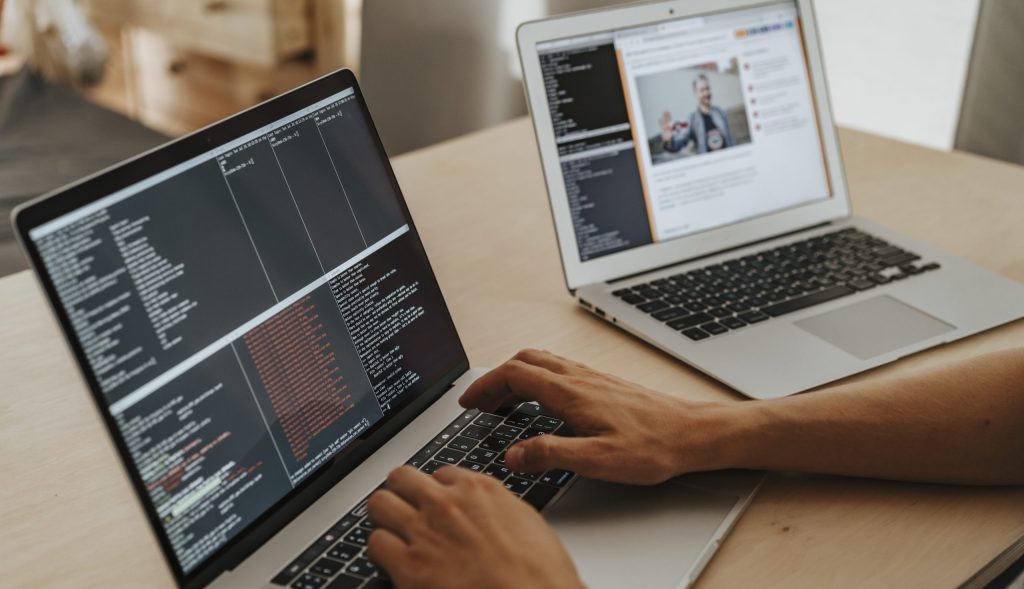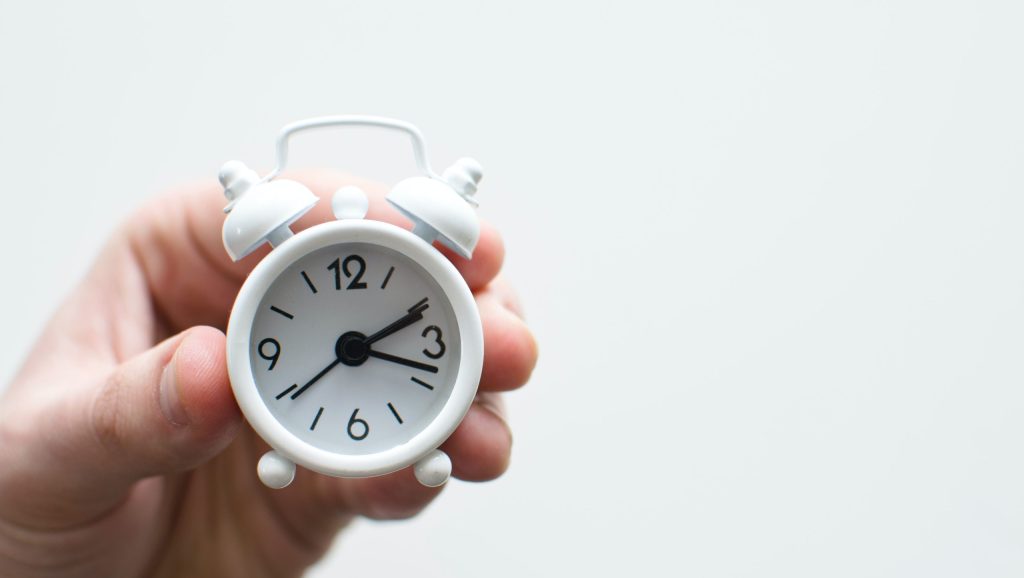DApp is an acronym for decentralized application. This blog post covers how to create a DApp, followed by a step-by-step process on building DApps.
What are DApps, and why are they getting a lot of attention?

DApps function similarly to traditional applications, but the essential difference is that decentralized apps utilize smart contracts to operate on a distributed ledger like the blockchain. A single entity does not control DApps. DApps are outperforming web apps. They’re easier to use and don’t need a server.
While we cover the short details on how to build a DApp, you can read about the whole process by going to the link mentioned.
Types of DApps
Social Media Apps
Blockchain technology has been utilized to develop decentralized social networking apps. The censorship and privacy issues plaguing popular social media sites like Facebook, Instagram, and YouTube inspired the creation of these alternatives.
Games
The blockchain community also places a strong emphasis on decentralized gaming platforms. No, we’re not only referring to virtual gambling sites, though those are also included. Games that use cryptocurrencies, such as the viral hit CryptoKitties, have exploded in popularity because they provide a more engaging experience than the standard fare seen in casinos.
Music Apps
Apps like Musicoin facilitate consumers’ listening to music, collecting bitcoin, and paying artists. Artists can sign up for profiles, share music, and receive payments in Musicoin (MUSIC) from appreciative fans.
Salient Features of DApps
Automated
No human involvement or outside decision-making is necessary to keep the decentralized app running smoothly for its users. Most users, not just the developers, must approve any code modifications made to the DApp. As a result, end users are afforded unprecedented freedom in the app’s behavior.
Decentralized Environment
Since they do not rely on a central server but rather a P2P network of computers, they are considered decentralized. Instead of having all the processing power in one spot, it is spread out over numerous machines. This ensures that the program is beyond the control of any one person.
When storing files and data, users can opt for a decentralized storage platform like Storj.io or the InterPlanetary File Solution (IPFS) rather than a centralized cloud-based system like Dropbox.
Comes with Smart Contracts
All financial dealings within the app are handled using digital contracts. DApps allow users to Exchange money, property, stock, or other valuable items through smart contracts, which are computer codes. Decentralized applications are smart contracts that are executed using blockchain technology.
Backing Up Of Data
Blockchain’s immutability is a significant strength that can’t be undermined. After the information has been recorded on the blockchain, it cannot be changed. You can use this function to create backups of your application’s data.
Open Source
DApp code is available to the public and can be checked for accuracy by anybody with the right tools. Because of this, everyone is held accountable for contributions to the project, and everyone can see who made which changes.
How To Build A DApp- 5 Necessary Steps
To create a decentralized application, consider the following steps.
Research and Co-op With The Technology
Determine which blockchain platform will serve as the foundation for your decentralized app. Many blockchain platforms exist, each with its own unique set of capabilities. You should evaluate your company’s needs carefully and choose the most appropriate alternative. Ethereum is used by the vast majority of DApps currently available.
Make a Prototype Version
If you want people to believe in your decentralized app, you need to build a DApp prototype that can prove it. If you don’t have expertise in developing DApps and blockchain projects or don’t want to learn on the job, hire someone with expertise to build DApp and can provide a high-quality prototype.
A prototype should highlight the value of your idea and how it can be implemented in the actual world.
Do Market Research
Once you have a prototype, it’s time to test your idea’s appeal. Whitepapers, presentations, and other materials can help investors understand your proposal. Having more people know about your project, and its importance will help you secure funding.
Design A Full Fledge App
The minimum viable product (MVP) for a decentralized app can be made in several ways. Utilizing the Ethereum platform and the C++-derived programming language Solidity is the simplest solution. The program’s front end should look and function similarly to any other web app, so no explanation of its features is necessary. The creation of the application’s version 2.0 can start once the MVP has been built and tested to ensure a strong market fit.
Tips and Tricks to Save Time When Building DApp
Smart contract creation is complex. Developing decentralized applications is a prime example. Because of their complex nature, these apps are challenging to create, modify, and debug.
- Put your trust in an outsourcing firm. Consider using outstaffing services if you need expertise in building decentralized applications but lack the funds to engage permanent staff.
- Before beginning to code, it is recommended to draft criteria for a prototype(MVP) and quality assurance testing. As a result, you’ll have fewer problems down the road.
- Make use of a preexisting framework when developing a decentralized application.
- More specific smart contracts are preferable. The code should be easy to read and comprehend. An error is more likely to arise the more complicated it is.
- You should know the possibility of overflow issues in Solidity when working with large numbers in constructing your token.
Conclusion
So, in conclusion, In the future, online commerce will be conducted through decentralized applications. Since they don’t rely on a single administrator, decentralized apps are inherently safer and more trustworthy than their centralized counterparts.
Using an outstaffing service can be a highly profitable strategy when developing a decentralized app in a short amount of time. Instead of doing everything yourself or hiring in-house workers, you can outsource the work to a remote team of developers and build a DApp for your business.



